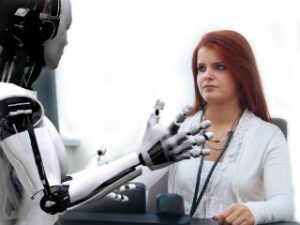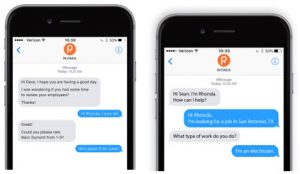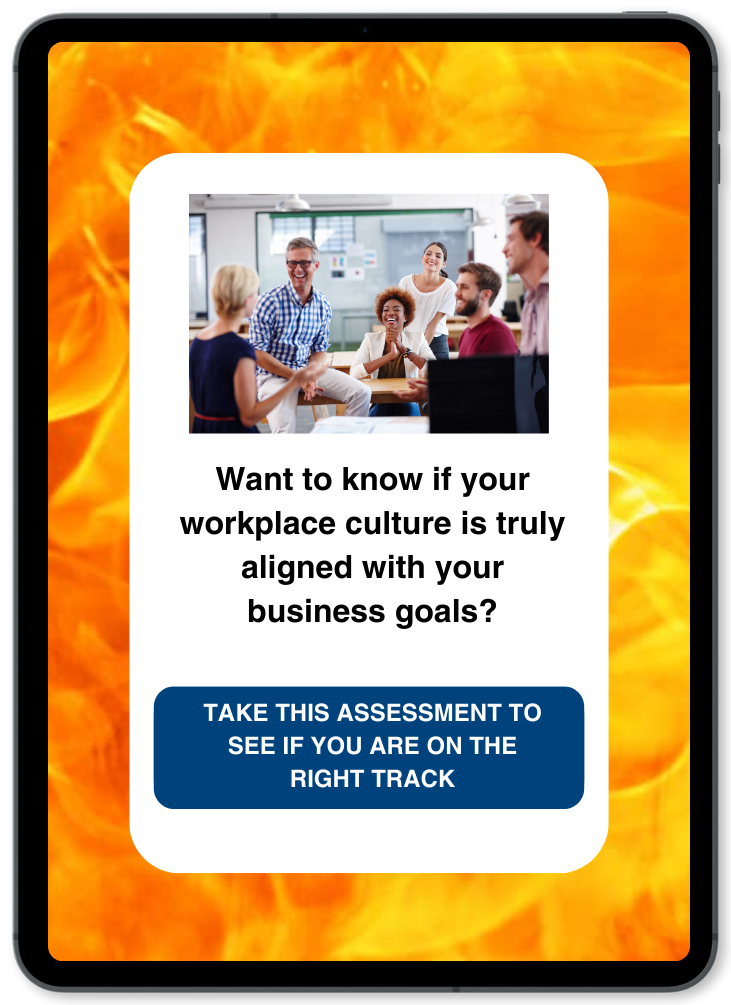 I’m not a big fan of science fiction, but I did enjoy the Jetson’s cartoon series when I was growing up. Self-driving vehicles, a robotic maid and automated appliances seemed like a dream way to live. And, who couldn’t use a little of Iron Man’s assistant J.A.R.V.I.S to help them get through the day? When we yearn for these desirable lifestyle efficiencies, no one is concerned with displaced humans. But about the workplace? Is it possible that through artificial intelligence and robotics the human element will go out of our workplaces? What will 7.6 billion people, globally, do in a world where robotics rule?
I’m not a big fan of science fiction, but I did enjoy the Jetson’s cartoon series when I was growing up. Self-driving vehicles, a robotic maid and automated appliances seemed like a dream way to live. And, who couldn’t use a little of Iron Man’s assistant J.A.R.V.I.S to help them get through the day? When we yearn for these desirable lifestyle efficiencies, no one is concerned with displaced humans. But about the workplace? Is it possible that through artificial intelligence and robotics the human element will go out of our workplaces? What will 7.6 billion people, globally, do in a world where robotics rule?
Working with automated entities
US research firm Forrester studies the trends around automation and predicts “automation will displace 24.7 million jobs by 2027. This equates to a job loss of 17% between 2017 and 2027”. While new jobs will be created, how will the way work gets done be impacted?
There’s no question that automation is going to result in job loss. Yet on the flip side, this new work environment will see humans getting out of the monotonous, manual and repeatable tasks. Workflows will be simplified and processes streamlined. Will this allow our employees the opportunity to focus on higher order, more meaningful work?
Blue Shore Financial
In PwC’s 19th Annual Global CEO Survey, 81% of banking CEO’s are concerned about the speed of technological change and the potential for technology to disrupt up to 25% of their market. For Chris Catliff, president & CEO of Canadian credit union BlueShore Financial, this means his organization needs to shift to one that values technological innovation and embraces technology.
However, instead of focusing on using technology to be more efficient, Catliff is using it to become more agile. In an industry where transactional work has become highly automated, providing advice becomes the competitive advantage. And having automated support behind this, allows his employees to engage in this more complex work in a more meaningful way.
His big take away as the organization shifts? “Age has very little to do with digital literacy; instead it’s how open people are to learning and how much time they are prepared to spend on it”. A culture of continuous learning is critical now.
Salesforce’s Engagement model
Fortune 100’s Top Company to Work For in 2018 is cloud computing company Salesforce. Their formula for employee engagement = culture + technology + data. They use technology to monitor how their employees are using their products to serve their customers. This allows them to make ongoing improvements to workflows. The outcome? Employees are spending more quality time with their customers.
They also have a system to track employee goal setting, feedback and learning data which allows them to provide relevant and personalized advice on mentors, learning opportunities and career growth. They proactively forage for strong performers who haven’t been promoted in 18 months. Now managers can do more ongoing coaching due to improved workflows. Salesforce has made collaboration between HR and IT a priority in order to enable a better employee experience.
 IMI’s Rhonda reaches out
IMI’s Rhonda reaches out
Over at IMI, virtual assistant Rhonda is helping with all kinds of tasks. But unlike other virtual assistants who sit outside the standard office setting, Rhonda resides on a server. She’s providing very similar personalized services as a human: following up on performance review ratings, connecting applicants to jobs, or checking in with field staff to see how they’re doing.
Today’s culture isn’t good enough
If you believe you’ve got a culture that is facilitating your better bottom line results – congratulations! However, this is not the time to take your foot off the culture pedal. Look at your current value definitions that are driving those great behaviors. Do they still make sense in a world where teams will be made up of avatars and humans? Can you afford to leave the value of continuous learning off the table?
It takes time to shift culture. What shifts do you need to start today to meet the new world of automation, artificial intelligence and robotic employees in the very near future?


